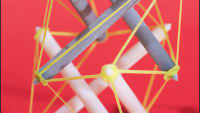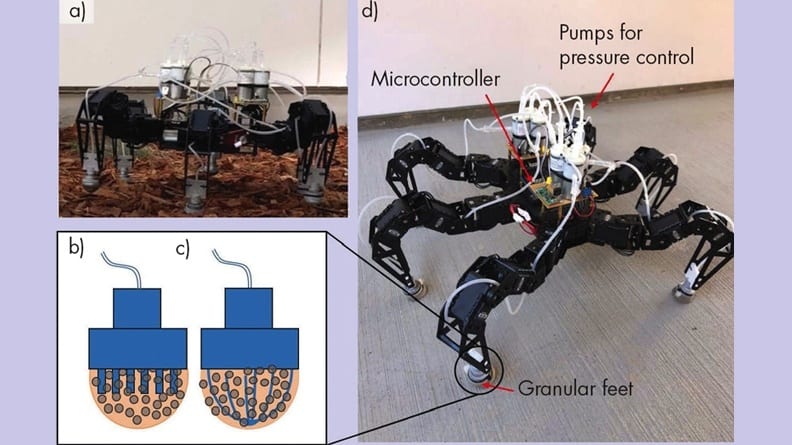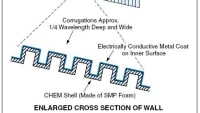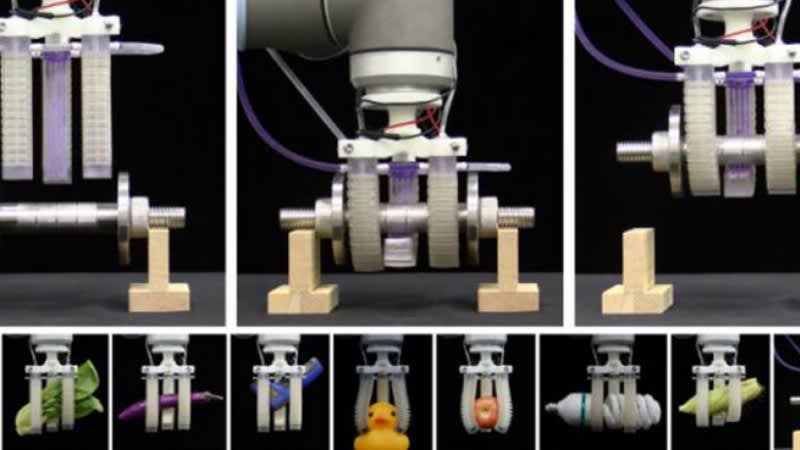Ultra-lightweight, self-deployable wheels made of polymer foams have been demonstrated. These wheels are an addition to the roster of cold hibernated elastic memory (CHEM) structural applications. Intended originally for use on nanorovers (very small planetary-exploration robotic vehicles), CHEM wheels could also be used for many commercial applications, such as in toys.
The CHEM concept was reported in "Cold Hibernated Elastic Memory (CHEM) Expandable Structures" (NPO-20394), NASA Tech Briefs, Vol. 23, No. 2 (February 1999), page 56. To recapitulate: A CHEM structure is fabricated from a shape-memory polymer (SMP) foam. The structure is compressed to a very small volume while in its rubbery state above its glass-transition temperature (Tg). Once compressed, the structure can be cooled below Tg to its glassy state. As long as the temperature remains <Tg the structure remains compacted (in a cold hibernated state), even when the external compressive forces are removed. When the structure is subsequently heated above Tg, it returns to the rubbery state, in which a combination of elasticity and the SMP effect cause it to expand (deploy) to its original size and shape. Once thus deployed, the CHEM structure can be rigidified by cooling below Tg to the glassy state. The structure could be subsequently reheated above Tg and recompacted. The compaction/deployment/rigidification cycle could be repeated as many times as needed.
0SMPs with Tgs ranging from -100 to almost +100 °C are available. Hence, it should be possible to select SMPs with Tgs suitable for CHEM structures for a variety of potential terrestrial and outer-space applications. During an investigation directed toward extending the CHEM concept to wheels, several wheel designs for a prototype nanorover were evaluated. CHEM models of the designs were fabricated and assessed by subjecting the models to a CHEM processing cycle. All wheels recovered completely after the cycle, and a wheel design with the fastest deployment was selected for the nanorover. Full-scale wheels were fabricated and assembled on two-wheeled prototype nanorover. Finally, the compacted wheels were successfully deployed at 80 °C and subsequently rigidified, both at room temperature in the terrestrial atmosphere and at a lower temperature and pressure chosen to simulate the Mars atmosphere.
This work was done by Artur Chmielewski, Witold Sokolowski, and Peter Rand of Caltech for NASA's Jet Propulsion Laboratory.
NPO-21225
This Brief includes a Technical Support Package (TSP).

Lightweight, Self-Deployable Wheels
(reference NPO21225) is currently available for download from the TSP library.
Don't have an account? Sign up here.





















